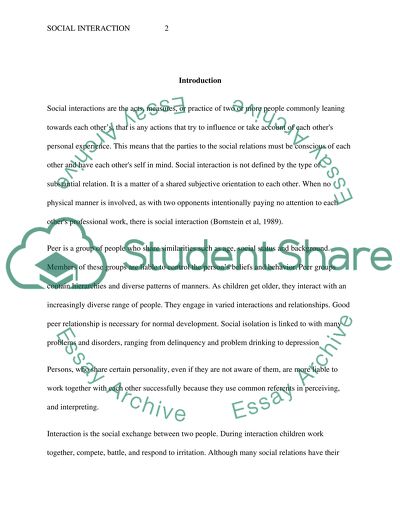Cite this document
(“Discuss the similarities and differences between peer:peer Essay”, n.d.)
Discuss the similarities and differences between peer:peer Essay. Retrieved from https://studentshare.org/psychology/1477458-discuss-the-similarities-and-differences-between
Discuss the similarities and differences between peer:peer Essay. Retrieved from https://studentshare.org/psychology/1477458-discuss-the-similarities-and-differences-between
(Discuss the Similarities and Differences Between peer:Peer Essay)
Discuss the Similarities and Differences Between peer:Peer Essay. https://studentshare.org/psychology/1477458-discuss-the-similarities-and-differences-between.
Discuss the Similarities and Differences Between peer:Peer Essay. https://studentshare.org/psychology/1477458-discuss-the-similarities-and-differences-between.
“Discuss the Similarities and Differences Between peer:Peer Essay”, n.d. https://studentshare.org/psychology/1477458-discuss-the-similarities-and-differences-between.


